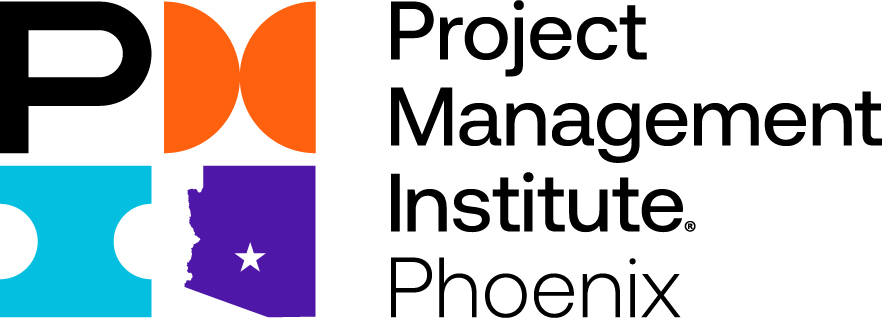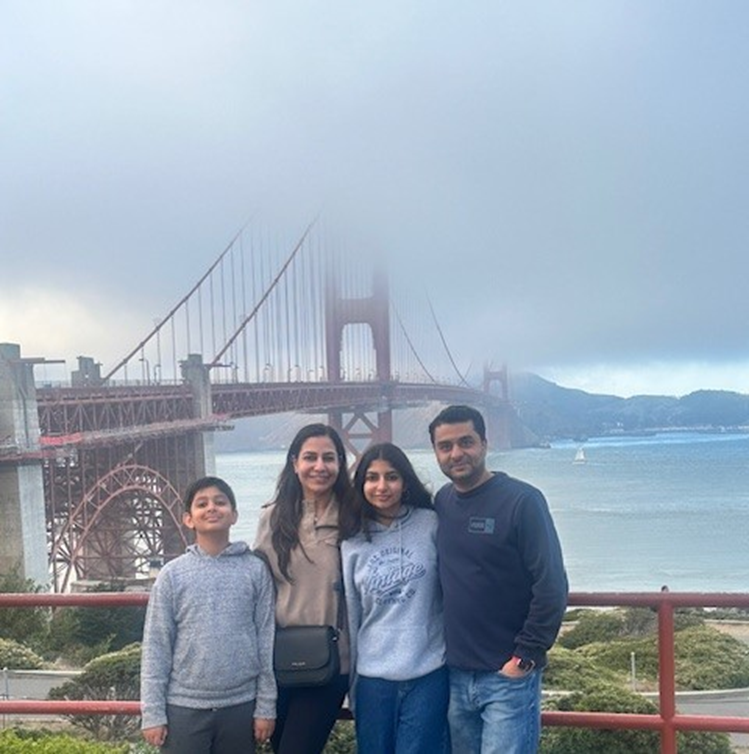After a long day of work, you sit back and think of everything you accomplished. You fed the kids, got them to school and activities and even helped them with their homework. You are a great parent!
You helped your partner cook and clean. Even took the time to talk to them about their day and any rough times they had. You are a great partner!
Your boss sent you a bonus check and announced how awesome you did on that account project you finally closed after months of hard work. You are a great employee!
So why are you unhappy and feel stuck or lost? Let’s look back at the prior thoughts. Great parent, partner, and employee. What could possibly be missing? What happened to being a great you? Often, we get stuck focusing on the roles we play, parent/partner/employee, and forget about the person behind the role. We get this idea if we successfully completed these tasks, we are successful and thus happy… right?
Make a list of you.
Stop and take some time to write a list, on paper or digital, of the things that make you, you. Go ahead and take just 5 minutes and do that now with a few of the below suggestions.
- Twenty activities you enjoy, big or small.
- What makes you relax or how you reward yourself.
- What interests you have, even if it is just a favorite color or that amazing hat you saw last week on Pinterest.
OK. List in hand. Now read through the list and see how many you have done in the last day. How about week? Month? If you haven’t done at least one every other day, you might have found part of the problem. Not taking the time for yourself can result in a loss of who we are as a person.
Put yourself first.
Reviewing the list again, plan in just one item, every other day. It could be having a quiet cup of tea in the morning, or a short break while working to walk outside for 5 minutes. Even wearing that hat that doesn’t really match anything but makes you feel good. What it is doesn’t matter, only that it means something to you. Continue for just two weeks then take the time to reflect. How do you feel now? As you change, be willing to revise the list or toss it out and re-create it. Doing so is a great way to learn more about yourself and find what makes you, you.


